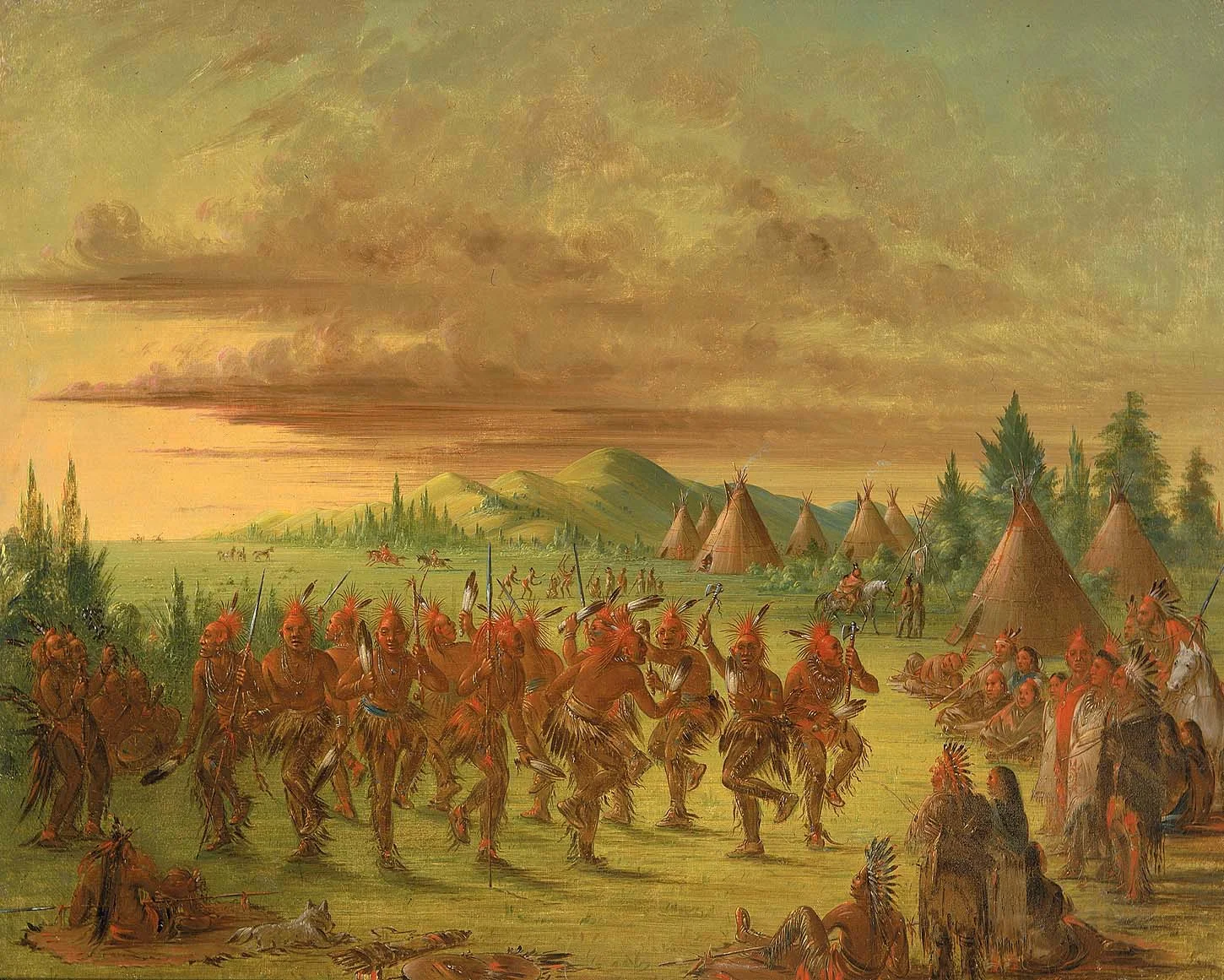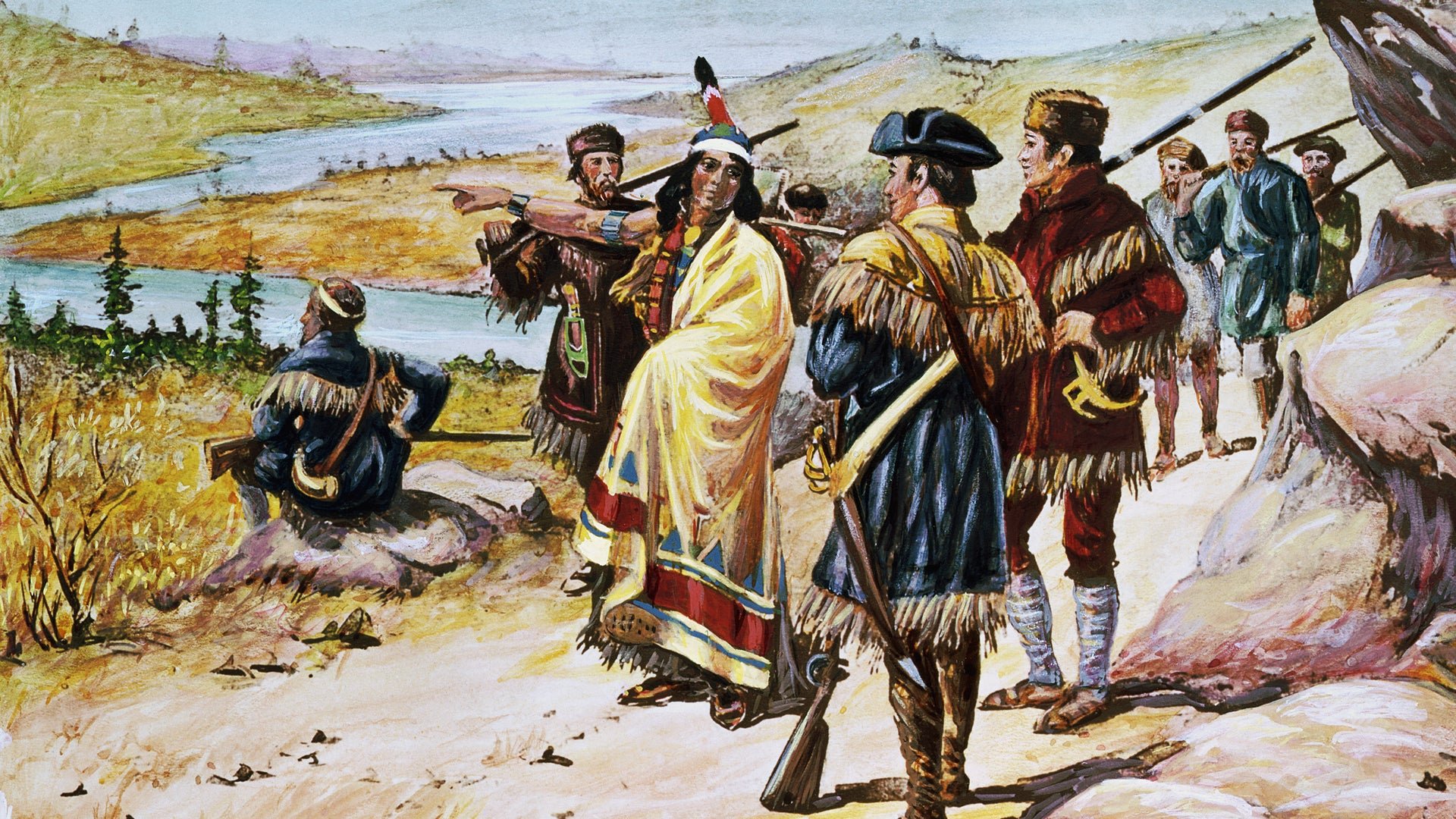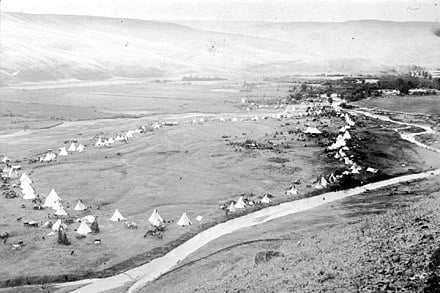Mar 12, 2023 | Native Hope
The Choctaw are among the most vibrant and fascinating Native American tribes. Their rich and diverse history was fraught with oppression, cultural assimilation, and forced emigration—including the Trail of Tears.
Through it all, they persevered to keep their culture and traditions alive. Read more to learn about their history, language, and where they are today.
The History of the Choctaw Tribe
The Choctaw Nation originally lived in the Southeastern Woodlands, in what is now considered Alabama and Mississippi. They were friendly people who allied with American settlers during the American Revolution, the War of 1812, and the Red Stick War.
Choctaws were considered one of the “five civilized tribes” by European Americans. European settlers applied this term to the tribes they thought best adopted Anglo-American culture. Choctaw, Cherokee, Chickasaw, Seminole, and Creek Native Americans were all given this label because they adopted some European customs, including Christianity, centralized government, literacy, market participation, written constitutions, intermarriage with white Americans, and chattel slavery practices.
Choctaw Language
The Choctaw language is a Western Muskogean language. Their language is closely related to the Chickasaw language, which was well-known among frontiersmen like Andrew Jackson during the early 19th century. Their language is still a significant part of tribal life and culture, and many Choctaws learn their language before learning English.
The origin of the name “Choctaw” is mysterious. It’s known that “Choctaw'' is an anglicization of Chahta, but it is unclear if that term comes from the name of an early Choctaw leader or from the Choctaw phrase Hacha Hatak, which means “river people.”
Removal and Mistreatment: The Trail of Tears
Through assimilation attempts that began with George Washington, the culture and land of the Choctaw were continually under attack. Washington believed that their customs were inferior to those of European Americans and that they must become more assimilated to the European American ways to be accepted by the white Americans.
He and Thomas Jefferson believed assimilation included adopting private property, building homes, farming, educating their children, and embracing Christianity. Some of these cultural markers were in stark contrast to existing Choctaw traditions, and the pressure to become acceptable to the settlers led to the erosion of Choctaw culture.
The Treaty of Dancing Rabbit Creek (1830)
The Treaty of Dancing Rabbit Creek represented one of the most significant transfers of land between the U.S. government and the Native Americans that was not instigated by warfare. In this treaty, the Choctaw were forced to sign away their remaining traditional homelands, and these lands were opened up for European-American settlement.
About 1,300 Choctaw stayed in Mississippi and became U.S. citizens. They were one of the first major non-European ethnic groups to become citizens. At this time, the Choctaw split into the Choctaw Nation of Oklahoma and the Mississippi Band of Choctaw Indians.

The Trail of Tears
Instigated by Andrew Jackson, the Trail of Tears claimed the lives of at least 2,500 Choctaw Native Americans and countless lives from other tribes as well. Choctaws were forced to emigrate in three stages between 1831-1833. Those who remained in Mississippi were harshly treated and were victims of legal conflict, racism, harassment, and intimidation. The people were abused and disrespected, and their property and cattle were harmed and destroyed. By 1930, only 1,665 Choctaw remained in Mississippi.
Contributions to History: Choctaw Code Talkers and Relations to Ireland
Near the end of World War I, a group of Choctaw Natives from Oklahoma became code talkers for the United States, using their language for covert military communications that turned the tide of the war.
Ireland and the Choctaw nation developed a special relationship over the years, as both people experienced the devastating effects of colonization. In 1847, just shortly after their forced relocation to Oklahoma via the Trail of Tears, a group of Choctaw Native Americans raised over $5,000 (in today’s money) to aid the Irish during the Irish Potato Famine.
In 2018, Ireland established scholarships for Choctaw students to study abroad in their nation. During the early days of the COVID-19 pandemic, Ireland sent aid to several native tribes as a return gesture for their aid during the Potato Famine.
Choctaw Culture
Choctaw Homes and Community
Choctaw homes were traditionally thatched-roof cabins of logs or bark plastered over with mud. The tribe was skilled in agriculture and used agriculture and the trade of surplus crops to sustain their economy.
Community life was important, with dances held often. Extensive funeral rites were also performed among the Choctaw, and the ceremonies included spiritual men and women removing the bones from the deceased’s body in a spiritual ritual. The Busk, or Green Corn, festival was also important to the Choctaw.
Choctaw Art and Traditions
Choctaw Pottery
The Choctaw Nation has been making pottery for centuries. There are two main types of vessels: Shuti and Ampo. Shuti vessels can be used to cook food, as they function well at high heat, much like cast iron. Ampo dishes are traditionally used to serve food and have intricate designs that often represent the patterns of nature.
Colonization has tried to stifle this art form, but it has remained strong and has even seen a resurgence since 2009. Choctaw communities have begun classes and events to teach pottery and bring more people into the tradition.
Choctaw Traditional Dances
Another form of expression threatened by assimilation, Choctaw dances have been kept alive by elders who witnessed the dances and participated in them. The revival of these traditions has led to a renewed tribal pride and identity, and the dances have returned to family and social functions.
One of the most significant Choctaw dances is the War Dance. Both men and women can participate in the War Dance, which speaks to the importance of women in Choctaw culture. Special clothing is worn, and the dance includes increments of four steps since the number four is sacred to Choctaw natives as it represents several different cycles of life and nature. The dance is performed in a circular motion, with women on the inside of the circle, which represents the importance of protecting the home and the family.

Choctaw Basketry and Beading
Basketmaking was traditionally done by women in the Choctaw community, but because of colonization and assimilation, men also had to learn to basketweave to keep the tradition alive. Uski is the main component of baskets. This material is a river cane grass that was also used in traditional Choctaw art and some weapons. Some Choctaw baskets were woven so tightly that they could hold water.
Beading is also a culturally significant art form still practiced and showcased within Choctaw communities today.
Stickball
Stickball was used as a way to settle disputes between tribe members in a nonviolent way whenever possible. It was also used to keep members of the tribe in shape in case they needed to go to war.
Choctaw Food
Choctaws planted corn, beans, and pumpkins. They also fished, gathered nuts and wild fruits, and hunted deer and bears.
Choctaw Spiritual Beliefs
Choctaw Natives believed in a good and an evil spirit. They believed that the evil spirit sought to harm people. This being was represented in the form of a shadow person.
They may have also worshiped the sun, ascribing the name Nanpisa or “the one who sees” to the sun and recognizing it as a being that could judge or dole out favor.
Where is the Choctaw Tribe Today?
Today, there are three federally recognized Choctaw tribes in the United States: The Choctaw Nation of Oklahoma, The Mississippi Band of Choctaw Indians, and the Jena Band of Choctaw Indians in Louisiana. Choctaws today are still advocating for the preservation of their culture, beliefs, and history.
Famous Choctaw include Norma Howard, an artist from Stigler, Oklahoma, who paints scenes of children playing, women working in fields, and other images representing Choctaw life and family. Another famous Choctaw Native is George Quincy, a composer who has written for theater, dance, music, and television.
Want to Learn More About Native American History?
Grab our guide, Reflecting on Our Foundations, to learn about:
- Different tribes and where they lived
- Native American values and spirituality
- How learning and culture were passed down through generations
- How colonization impacted and disrupted Native American life
- And much more!




COMMENTS